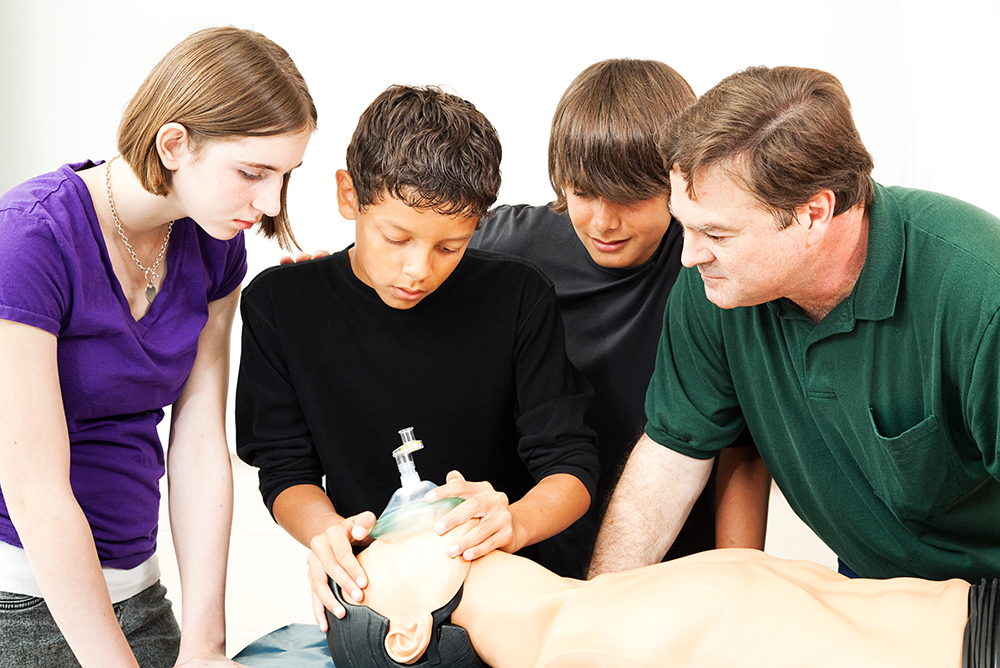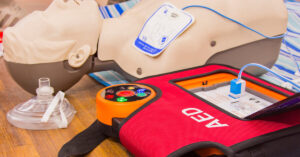Children as young as nine-years-old can learn and retain CPR training. Though many children at that age do not yet have the strength to perform an effective chest compression on an adult, learning this life skill will stick with them for the rest of their life. There are countless incidents of young people performing CPR, first aid, or utilizing other emergency training skills to save a life, sometimes years or even decades later.
Who Should Teach Youth CPR Training?
If you’re considering CPR training for your child, make sure the person teaching the skill has been certified as a CPR Instructor. Most organizations that teach CPR also recommend refreshing the training every two years to keep skills sharp, learn about any changes in methodology, and to help strengthen muscle memory. CPR123 is authorized by the American Heart Association to provide quality CPR training for individuals and groups of any age group. CPR123 also partners with several schools such as New York University to provide training to college and nursing students.
The Story of a Boy that Put His CPR Training to Good Use
There are stories all across the nation about young people using CPR to save parents, other children, and people in need of help. This 13-year-old boy from Arizona had learned CPR in the boy scouts a few years earlier and was able to save the life of his baseball coach when he fell to the ground in the middle of practice. This young man learned first hand the impact he had on not just this man’s life, but also the lives of his family and friends. Training helped this boy act heroically in a very frightening situation.
CPR and Life Saving Training Stays with You for Life
Though training and skills should be updated and refreshed every two years, those skills will stay with your child for life. You never know when they might come across a terrible car accident or other emergency that will put them to the test. There are countless examples of young people that perform CPR or other heroic acts to save others, even years after training. Take for example this Eagle Scout that jumped into the water to help a trapped women escape from her car as it sank into a river. Without training, he might not have had the skills or confidence to act.
Teaching your child CPR teaches them to save a life.
(Source: CPRConsultants)
Learn CPR today. You could save a life.







